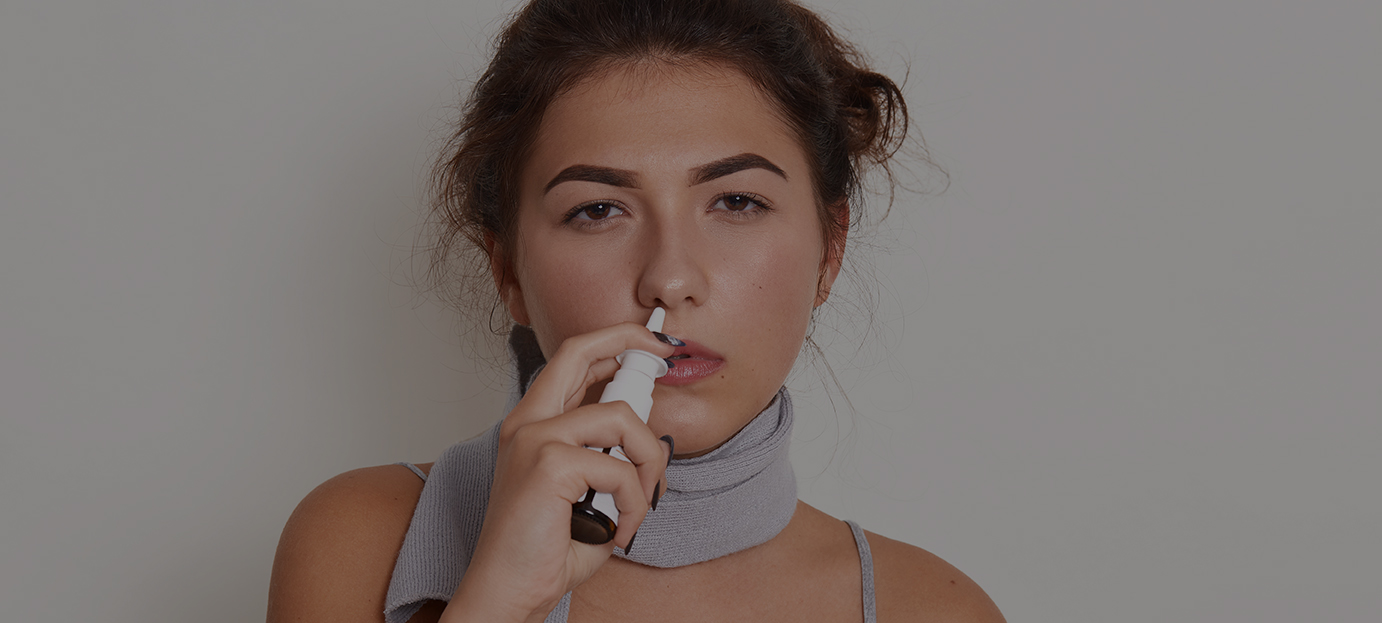
Ji Heui Kim, Shin Ae Kim, Ja Yoon Ku, Won Ki Cho and Chol Ho Shin
Allergy Asthma Clin Immunol. 2020 Jul 1;16:58. doi: 10.1186/s13223-020-00455-9. eCollection 2020.
Allergic rhinitis is a common chronic upper airway inflammatory disease characterized by nasal obstruction, rhinorrhea, sneezing, and itching of the eyes/nose. Its prevalence has been increasing steadily in Korea. Although Korean people’s lifestyle and environment have been changing, the corresponding changes in the characteristics of allergic rhinitis have not been documented. This study’s objective was to describe the changes in allergens and clinical manifestations of allergic rhinitis in Korean patients between 1990 and 2010.
Patients diagnosed with allergic rhinitis in 1990 and 2010 were evaluated and answered a symptom questionnaire. The two sets of patients were compared regarding the differences in allergens and the results of the questionnaire.
Compared with the set of 1990 patients, the rate of sensitization to house dust mites, cockroaches, Aspergillus, Alternaria, and tree pollen significantly increased, and that to cat fur significantly decreased in patients from the 2010s (p < 0,05). The distribution of patients with moderate-to-severe nasal obstruction and itching of the eyes/nose increased (p < 0,05), as well as that of patients with minor symptoms, such as olfactory disturbances, cough, sore throat, and fatigue (p < 0,01).
In conclusion, Korean people with allergic rhinitis from 2010 have different symptom severity and allergen reactivity and type. These results may reflect changes in Korea’s environmental conditions and lifestyle, which may be useful for patient counseling and management.









